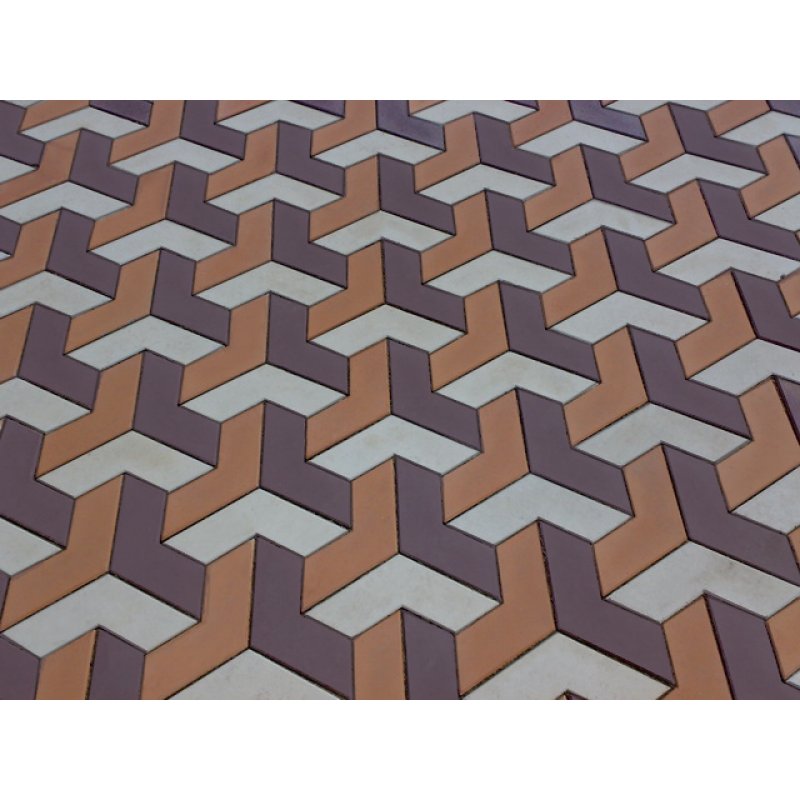
Paving Stone Mold Designs
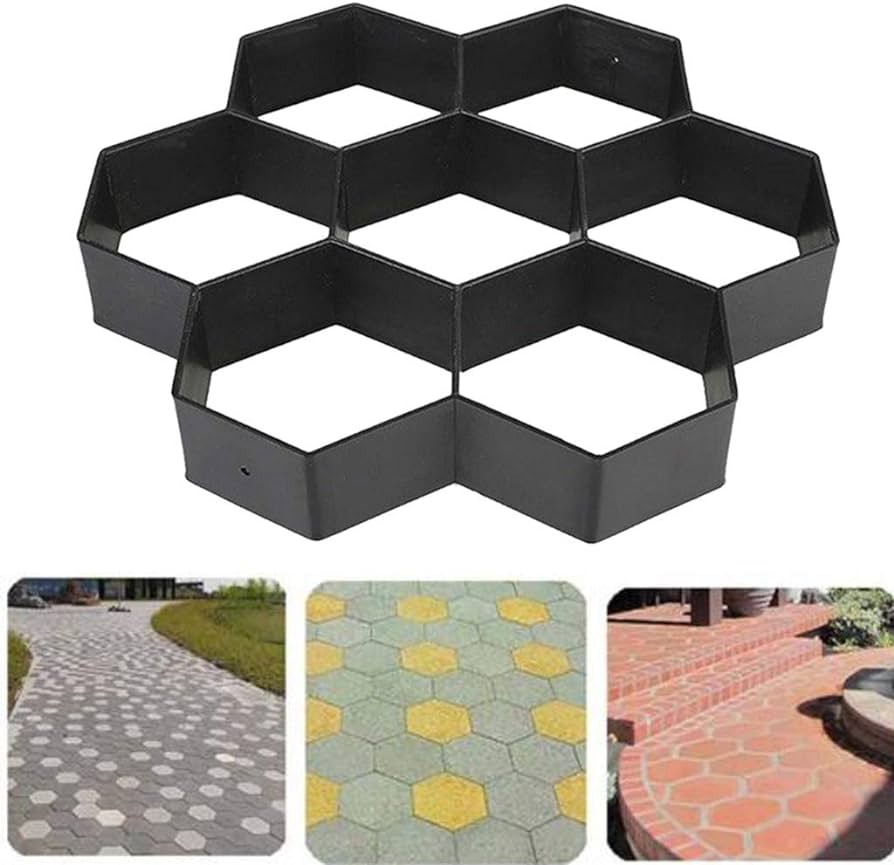
I. Introduction
A. The Allure of Paving Stones: Enhancing Your Outdoor Spaces
Paving stones have long been a popular choice for homeowners seeking to add beauty, durability, and functionality to their outdoor spaces. These versatile elements can be used to create patios, walkways, driveways, pool decks, and other areas that not only enhance the overall aesthetic of a property but also provide years of practical use. With a wide range of colors, shapes, textures, and patterns available, paving stones can complement any architectural style and seamlessly integrate into any landscaping design.
Whether you envision classic brickwork, intricate cobblestone patterns, or modern geometric designs, paving stones offer endless possibilities for creating unique and personalized outdoor spaces. Their inherent strength and resilience ensure that these hardscaping elements can withstand heavy foot traffic, harsh weather conditions, and the wear and tear of time, providing lasting beauty and functionality for years to come.
B. Unveiling the Benefits of Paving Stone Molds: A Practical Choice for DIY Enthusiasts
In recent years, paving stone molds have emerged as a popular and cost-effective alternative to traditional paving stones. These ingenious tools empower DIY enthusiasts to create their own custom paving stones, offering a multitude of advantages:
-
Affordability: Paving stone molds are significantly more affordable than purchasing pre-made paving stones, allowing you to save money on your landscaping project without compromising on quality or style.
-
Versatility: Paving stone molds come in a vast array of shapes, sizes, and patterns, giving you the freedom to create unique and customized designs that perfectly match your desired aesthetic and landscaping vision. Whether you prefer the timeless elegance of classic brickwork, the natural charm of cobblestone patterns, or the contemporary appeal of geometric designs, there’s a mold to suit your taste.
-
Concrete, the primary material used with paving stone molds, is renowned for its strength and resilience, ensuring that your DIY paving stones can withstand heavy foot traffic, harsh weather conditions, and the wear and tear of time; additionally, the DIY nature of paving stone molds makes them simple to install, even for those with limited experience in home improvement projects, as with careful preparation, the right tools, and a bit of patience, you can transform your outdoor spaces with beautiful and durable paving stones without the need for professional assistance.
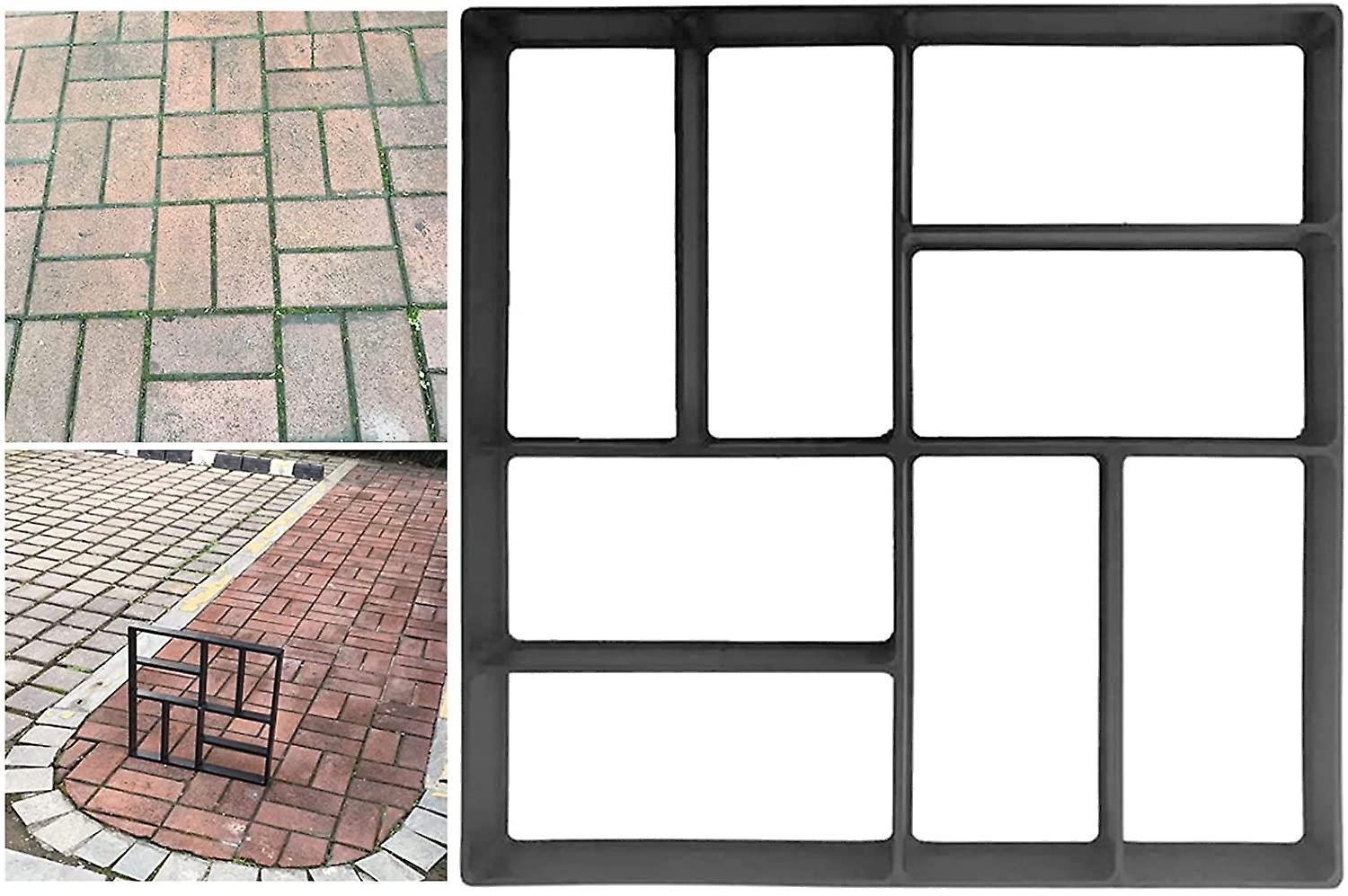
II. Gathering the Essentials: Preparing for Your Paving Stone Project
Before embarking on your DIY paving stone adventure, it’s crucial to gather the necessary materials and tools to ensure a smooth and successful project.
A. Selecting the Right Molds: Choosing the Perfect Design for Your Space
The first step in your paving stone mold journey is selecting the molds that will bring your vision to life. Consider the overall style and aesthetic of your outdoor space when making your choice. Do you prefer the clean lines of geometric shapes, the natural charm of stone-inspired patterns, or the timeless elegance of classic brickwork? Once you’ve determined the desired style, explore the wide variety of mold options available at home improvement stores and online retailers.
B. Acquiring the Necessary Materials: Ensuring You Have Everything You Need
To ensure a seamless paving stone project, assemble the essential materials before you begin:
-
First, choose a high-quality concrete mix suitable for outdoor use and the desired thickness of your paving stones. Next, apply a mold release agent to prevent the concrete from sticking to the molds and ensure easy removal. Finally, when preparing the concrete mixture, essential tools such as a shovel, bucket, and mixing stick or drill with a mixing paddle are necessary.
-
Safety Gear: Wear gloves, safety glasses, and a dust mask to protect yourself during the concrete mixing and pouring process.
-
Edging Materials: Install edging materials around the perimeter of the paved area to contain the concrete and create a clean edge.
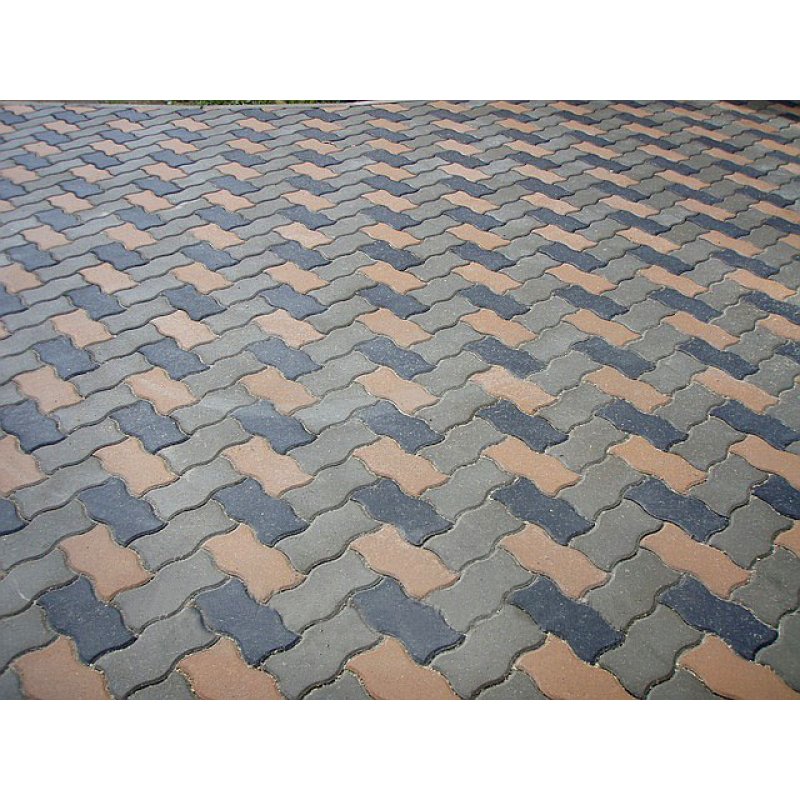
III. The Art of Concrete Paving: Step-by-Step Instructions
With your materials and tools in hand, it’s time to transform your outdoor spaces with your DIY creations:
A. Preparing the Site: Creating a Smooth and Level Foundation
-
First, clear the area by removing any debris, vegetation, or uneven surfaces from the paving area; next, excavate the site to the desired depth, ensuring a level and compacted base to provide a stable foundation for your paving stones; finally, install edging materials around the perimeter of the paving area to contain the concrete and create a clean edge, which will help prevent the concrete from spreading and maintain a defined path or patio shape.
-
B. Mixing the Concrete: Achieving the Perfect Consistency
-
Follow Instructions: Carefully follow the instructions on the concrete mix packaging to determine the correct water-to-powder ratio. This will ensure that the concrete has the right consistency for pouring and setting properly.
-
Mixing Process: In a large mixing tub or wheelbarrow, gradually add water to the concrete powder while mixing thoroughly. Use a shovel or a drill with a mixing paddle to ensure a uniform mix. The goal is to achieve a consistency similar to thick pancake batter – the mixture should be pourable but not too runny. If the concrete is too dry, it will be difficult to work with and may not fill the molds properly. Conversely, excessively wet concrete can be weak and prone to cracking.
C. Pouring and Leveling the Concrete: Creating a Uniform Surface
-
To ensure proper mold release, applying a mold release agent to the inside of each mold is essential, as this will prevent the concrete from sticking and allow for easy removal of the molds after curing; afterward, placing the molds on the prepared site, ensuring they are level and properly spaced, using a level to check for any unevenness and adjusting the molds as needed is crucial; when pouring the concrete mixture into the molds, it’s important to fill them to the desired level and avoid overfilling to prevent excess concrete spillage, and finally, after pouring, leveling the concrete surface within the molds using a trowel or screed, while scraping off any excess concrete that spills over the mold edges, will ensure a smooth and uniform finish for your DIY paving stones.
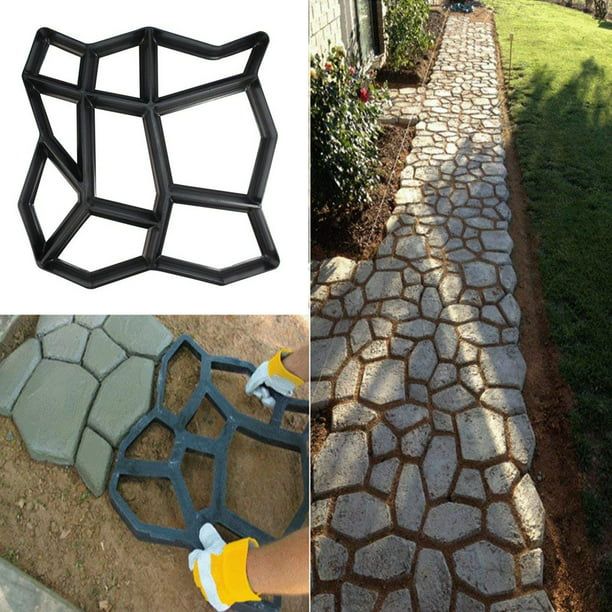
IV. Curing and Finishing Touches: Ensuring a Lasting and Beautiful Creation
A. Allowing the Concrete to Cure: Patience is Key to a Strong Finish
-
Once the molds are filled, it’s important to cover them with plastic sheeting to retain moisture and promote proper curing, preventing the concrete from drying out too quickly, which can lead to cracking; following this step, it is crucial to allow the concrete to cure for a minimum of 24 hours, or as recommended by the specific concrete mix instructions, resisting the urge to walk on or disturb the curing concrete, as this can cause cracking or damage and allowing the concrete to gain strength and ensure the longevity of your paving stones.
B. Releasing the Molds and Finishing the Surface
-
Mold Removal: After the curing period is complete, gently remove the molds from the cured concrete. Take care to avoid damaging the edges or pattern of the concrete pieces.
-
Imperfection Correction: Examine the concrete pavers for any small imperfections or gaps in the surface. Fill these imperfections with a patching compound specifically designed for concrete to create a smooth and even finish.
-
Surface Protection: After creating your paving stones, it is important to apply a concrete sealer to the surface to protect them from moisture, stains, and fading, ensuring their beauty and longevity for years to come. Additionally, it is recommended to choose a sealer with a glossy or matte finish, depending on the desired aesthetic for your outdoor space.

V. Unlocking Creativity: Exploring Advanced Paving Stone Techniques
For those seeking to take their DIY paving stone project to the next level, here are some additional techniques to explore:
-
Color Pigments: Add color pigments to the concrete mix before pouring to create vibrant and eye-catching paving stones that complement your landscaping design.
-
Staining: After the concrete has cured, apply concrete stain to achieve a different color or a more rustic appearance, adding depth and character to your paving stones.
-
Sealer Options: Explore a variety of concrete sealer options, such as high-gloss for a polished look or wet-look sealers for a more natural appearance.
-
Decorative Inlays: Before pouring the concrete, embed decorative stones, pebbles, or glass pieces into the mold for a unique and personalized touch.
-
Border Accents: Create a visually distinct border around your paved area using contrasting colored concrete pavers or decorative edging materials, adding a finishing touch to your outdoor space.
VI. Embracing the Satisfaction of DIY Beauty
With careful planning, the right tools and materials, and the use of paving stone molds, you can transform your outdoor spaces into beautiful and functional areas that reflect your unique style. The process of creating your own custom paving stones offers not only a cost-effective alternative to traditional materials but also the immense satisfaction of bringing your vision to life through DIY ingenuity. So, unleash your creativity, gather the necessary tools and materials, and embark on your paving stone adventure. With a little effort and these helpful tips, you can pave the way for a more enjoyable and visually stunning outdoor space.
-